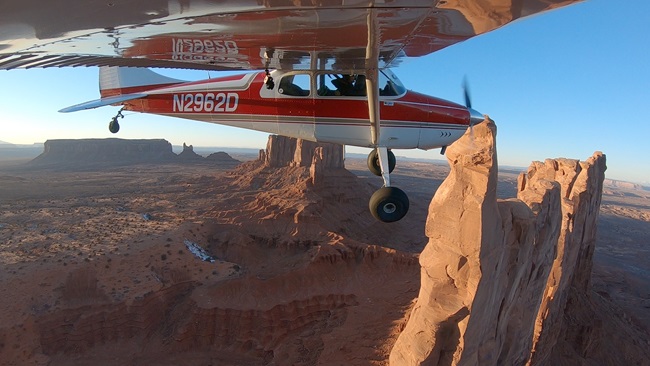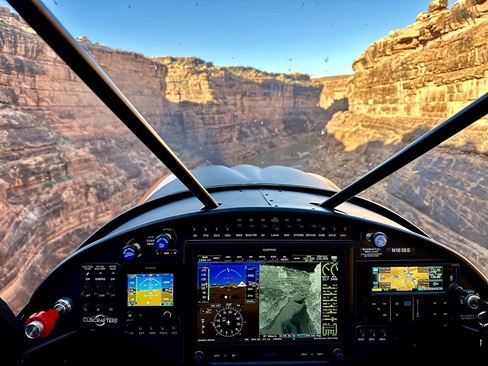Cam course
Getting started with personal action cameras

Small action cameras like those from GoPro and Garmin have been around for more than a decade, but buying in to the hobby can be expensive, and the challenge of capturing good video from an aircraft a frustration in technical mishaps. Getting it right takes a bit of investment beyond the camera, a small amount of technical know-how, and most of all, trial and error. Because like me, there will be a time when you think you turned on the camera and come home to find the card completely empty.
Gear guide
To get started, you’ll obviously need a camera. It sounds easy enough, but the choices can be overwhelming. If money is no object, it’s hard to beat a top-end GoPro. With incredible image stabilization, great battery life, excellent support, and a suite of useful modes, the Hero 9 Black will set you back about $400. Go to Amazon or check out AOPA Pilot’s March 2021 report “Budget Battle” for a host of other options, starting at a very reasonable $39.99. If you’re curious about action cameras and want to start with something less than a $400 investment, it can be helpful to buy at the low end and work your way up. By starting inexpensively you can experiment with where to mount the camera and how. Different angles may require different mounts, and starting inexpensively will give you good idea of how you’ll use the camera and what sort of features you need before spending the money. Then you can pinpoint your requirements and pick the best fit as you progress to more expensive options.
Most any camera you buy will have a selection of basic mounts that will form the basis for experimenting with angles. But there are two aviation-specific accessories most people want straight away. The first is an audio cable that captures sound from the headset. Various options exist, but the most useful is one that is in-line. This cable is nothing more than a male headset plug, a plug for the camera, and a female port for your headset. The primary advantage of using an in-line cable is that you don’t need a free set of jacks on the airplane. Once you plug it in, you’ll capture intercom and radio audio, which is great for everything from debriefing during flight training to legal posterity.
The other frequently requested accessory is a neutral density filter, sometimes marketed as a prop filter. You’ve seen those videos with phantom propeller blades horizontally scrolling through the screen. That has to do with the camera’s shutter speed, and is impossible to get rid of without a prop filter. Nflightcam sells a kit that includes the filter, an audio cable that also powers the camera, and a suction cup and articulating arm for $149.99.
Other accessories, such as additional suction mounts, chest mounts, extra batteries, and more are good second-round purchases. Start first with experimenting and then build up the kit later.
Once you have the camera and a few key accessories, it’s time to play. Most action cameras aren’t difficult to use, but they do require a little bit of know-how, and some practice. Countless great videos have been ruined by silly mistakes, such as forgetting to charge the battery, clean up the memory card, or turn on the camera.
Once you have the camera and a few key accessories, it’s time to play. Most action cameras aren’t difficult to use, but they do require a little bit of know-how, and some practice.Best buys
Looking for a new camera? Here are our picks
Best all-around option
GoPro Hero 9 Black
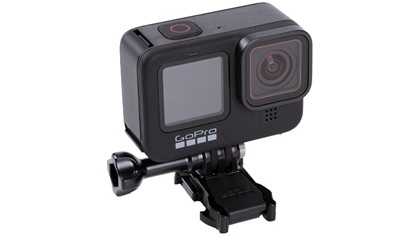
Best mid-range
DJI Osmo Action
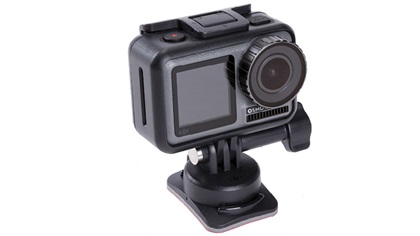
Best bargain
Apeman A87
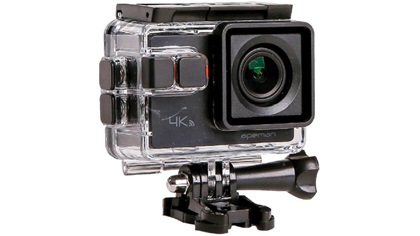
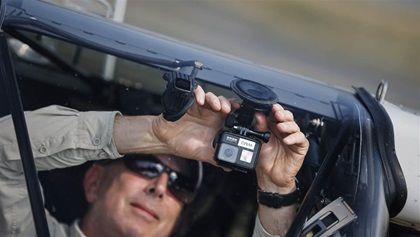 As a pilot you’re already familiar with the best tool available to help avoid these mistakes: a checklist. When you first start out, create a checklist of steps for successful filming. Use it first as a to-do list and later, get into a flow and use it as a checklist. As an example:
As a pilot you’re already familiar with the best tool available to help avoid these mistakes: a checklist. When you first start out, create a checklist of steps for successful filming. Use it first as a to-do list and later, get into a flow and use it as a checklist. As an example:
Night before
- Charge all batteries.
- Check and pack all accessories.
- Clean lenses.
Arrival at the airport
- Install batteries.
- Verify memory cards.
- Mount camera(s) before preflighting.
- Plug in audio accessories.
Start-up
- Turn on camera.
- Start recording.
- Shut down.
- Stop recording.
- Turn off camera.
- Remove and repack mounts.
Arrival at home
- Download clips and clean off card.
Clearly much of this list is basic, but it will help organize your thoughts and make sure you don’t miss the many little steps that must occur along the way. As you gain experience you can get into more of a flow that includes when to charge the batteries and clean off the memory cards.
When you first start out, create a checklist of steps for successful filming. Use it first as a to-do list and later, get into a flow and use it as a checklist.Even with good preparation, mistakes will happen. NFlightcam’s Patrick Carter thinks perhaps the most serious mistake is when a camera isn’t properly mounted. “Sticky mounts occasionally work if you are very aware of what you’re doing,” he said. “Suction cups are just a really bad idea all the time.” He explained that as you climb, the air inside the mount expands and may pop it off the airplane.
Mounting cameras externally is a source of constant debate. Is it legal? Does a mechanic have to be involved? What about a Form 337? The debate continues because like a lot of things having to do with alterations, the answer isn’t always clear. To be considered a major alteration, the FAA says that it must have an appreciable effect on weight and balance, airworthiness, performance, and so on. But these determinations are made on a case-by-case basis and are at the discretion of the installer. Anything not major is considered minor and requires only a logbook entry. But what about suction cup mounts that are applied and then taken off each flight? Clearly you’re not going to sign it off every time.
In a 2014 memo, an FAA manager in the maintenance division said that suction cup mounts didn’t rise to the level of an alteration and needed no intervention from a mechanic. However, he also said the pilot could be subject to a careless and reckless violation, given that they have been known to fall off in flight.
NFlightCam has a white paper saying its custom-machined external mounts are minor alterations and need only a logbook entry. Given the semi-permanent nature of the mount, it could be worth a few minutes of your mechanic’s time to keep the mount legal.
After that, it’s just a matter of making sure you turn on the camera.

 Spec talk
Spec talk
